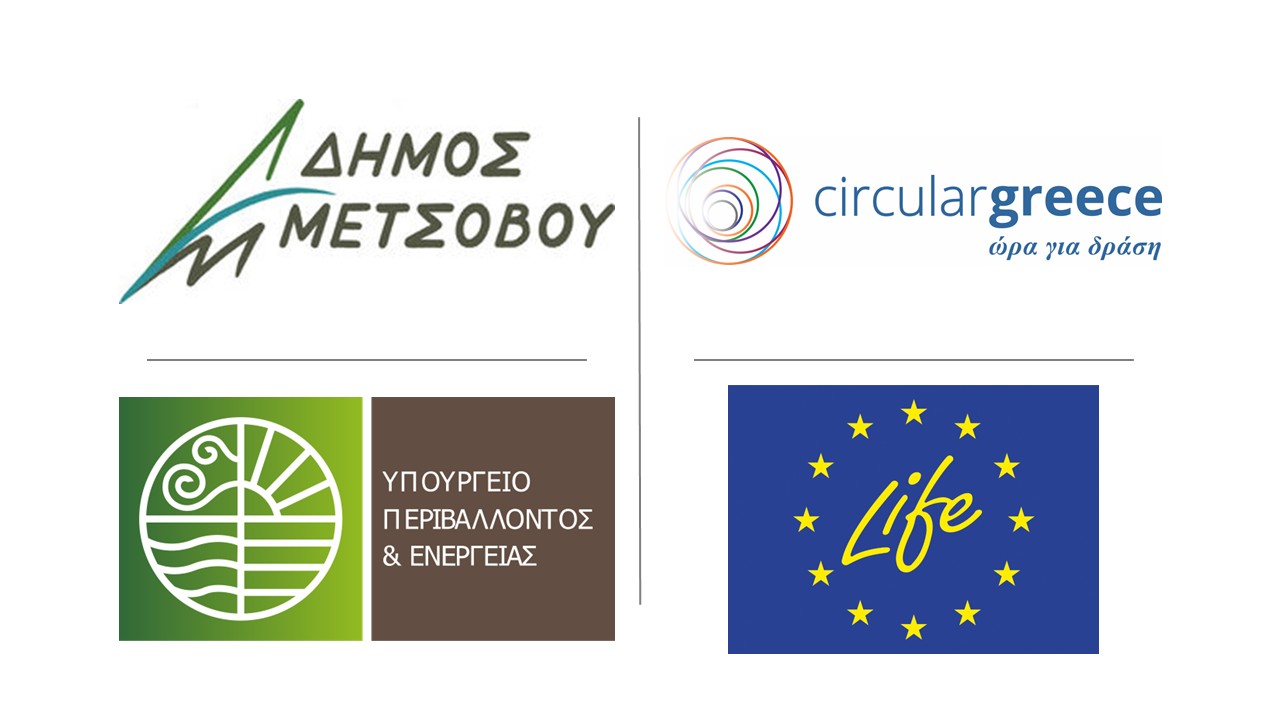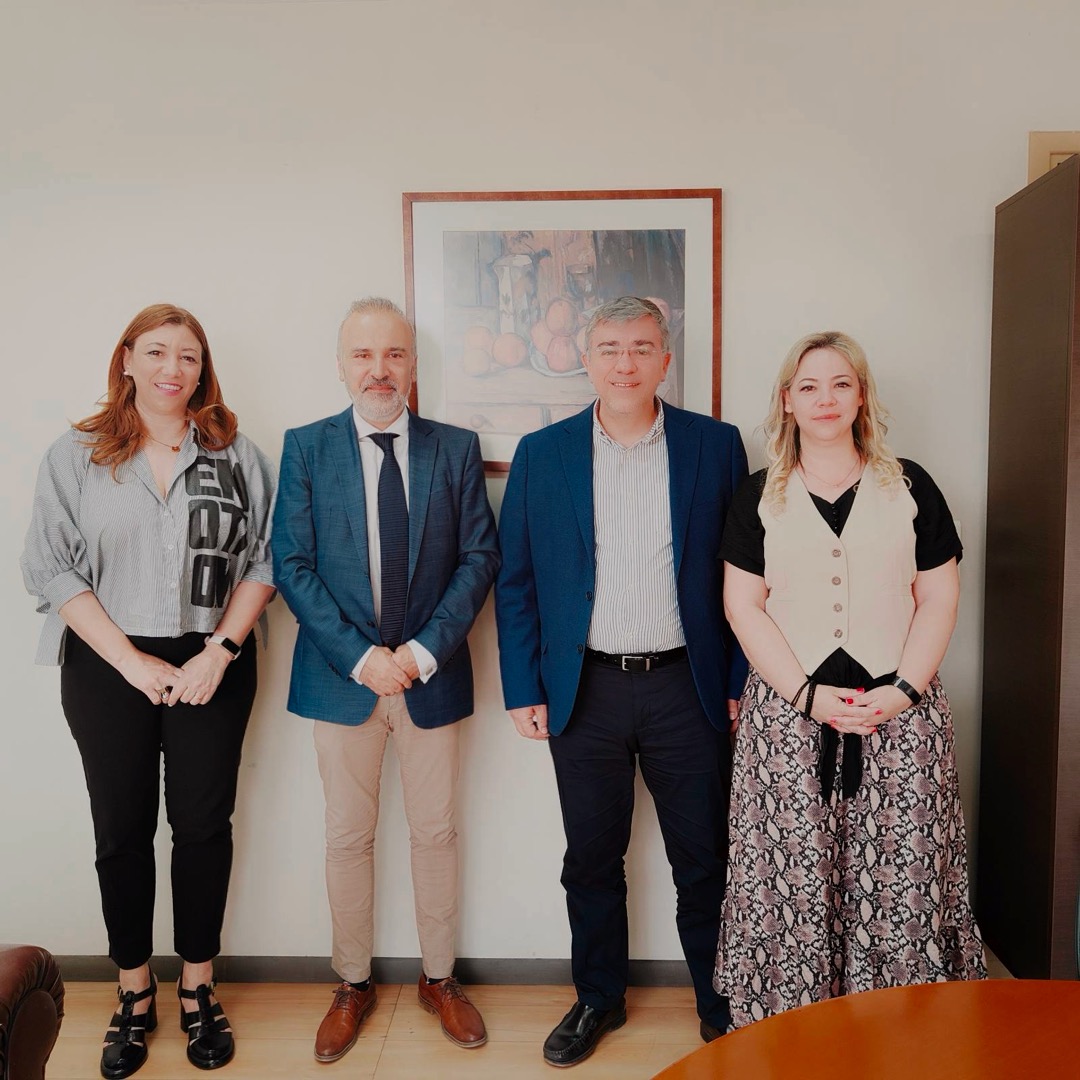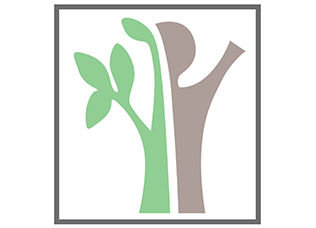The circular economy is often categorized as an industrial or economic system or a manifestation of economic models. The common objective of these is to abolish the traditional linear model of the economy based on “take-use-waste”. Through the circular economy, the aim is to create cycles through which raw materials, components and products lose as little of their value as possible.
At the same time, it seeks the use of renewable energy and system thinking. The products are designed to be durable, able to disassemble, repairable, reusable and recyclable through technical or biological cycles. Priority is given to what has already been built e.g. remanufacturing, and the manufacture of new products is focused exclusively on renewable resources and raw materials, eliminating as many toxic substances as possible within them.
This is how secondary materials enter the market, which result from the treatment of waste or products and are replacing the raw materials resulting from mining. Additionally, dematerialisation is a key element to the circular economy. It is often accompanied by the provision of products as services and is driven by innovative business models that influence traditional consumer habits.
The above processes create value chains, which enable the circular economy to support new jobs, which can be indirectly or directly circular, with the latter divided into those that make it possible (enablers) and those that apply it (core). According to the estimates of a recent study1 , the application of the principles of the circular economy to the EU economy enables the EU’s GDP to grow by an additional 0,5 % by 2030, with the creation of around 700,000 new jobs.
1 Cambridge Econometrics, Trinomics, and ICF (2018), Impacts of circular economy policies on the labour market.





